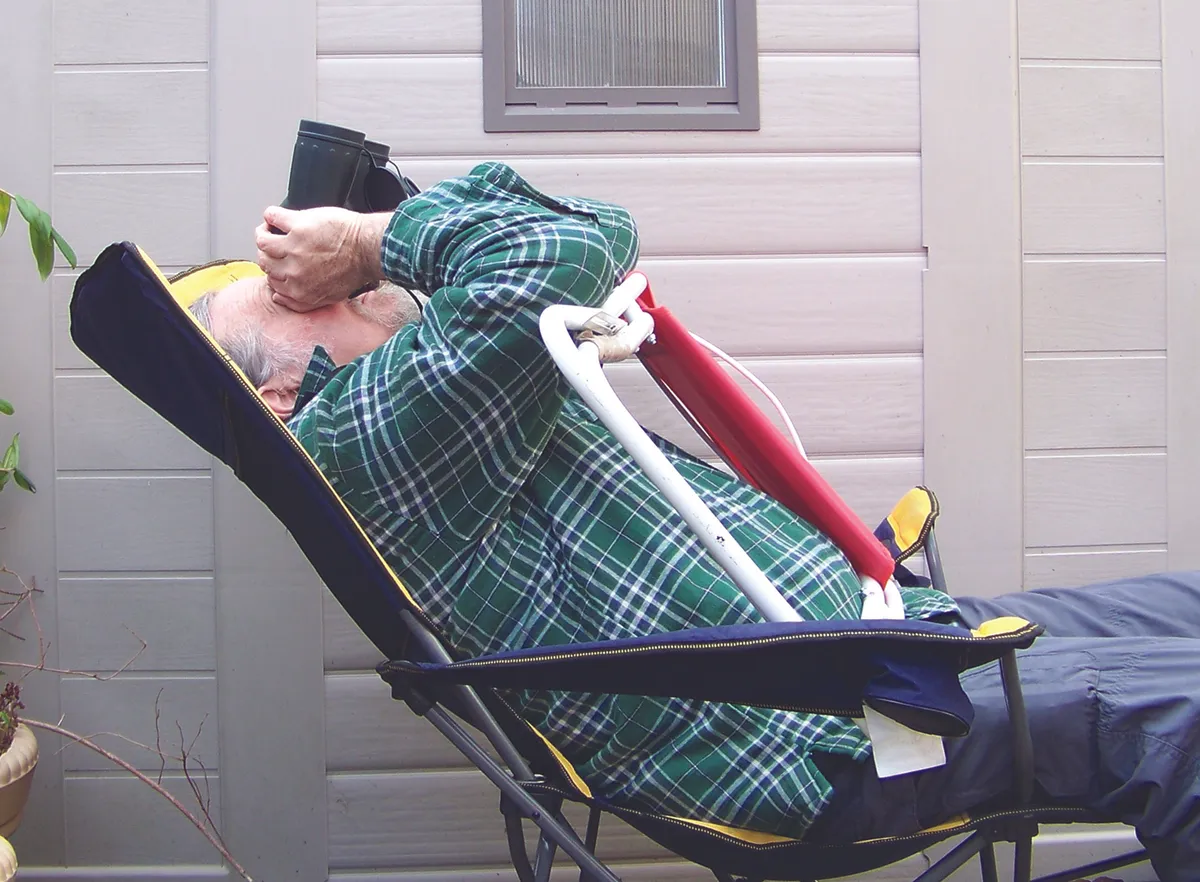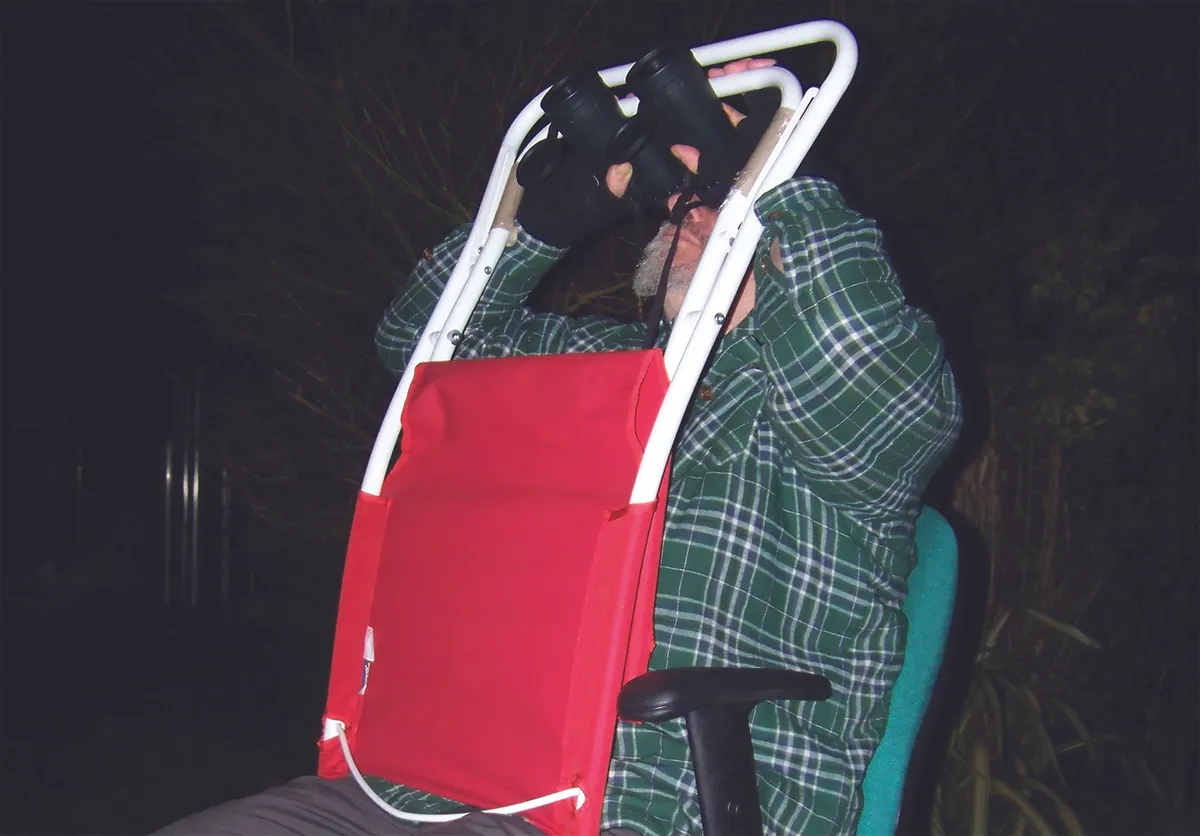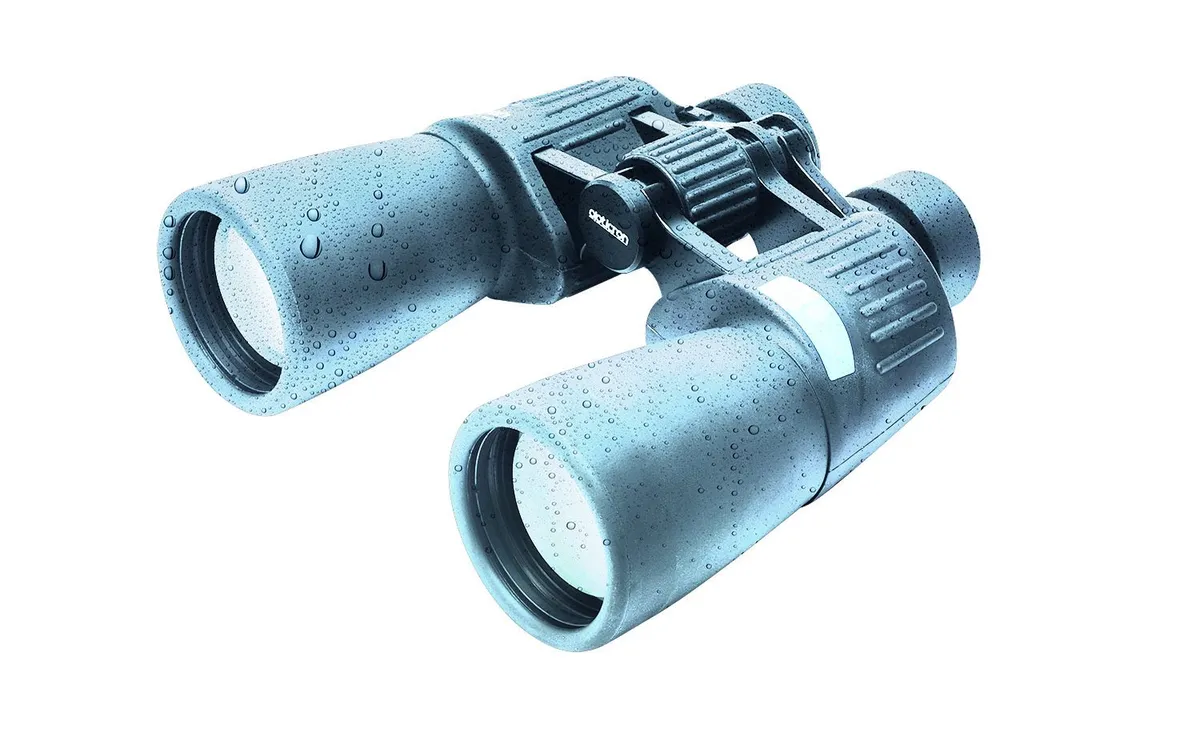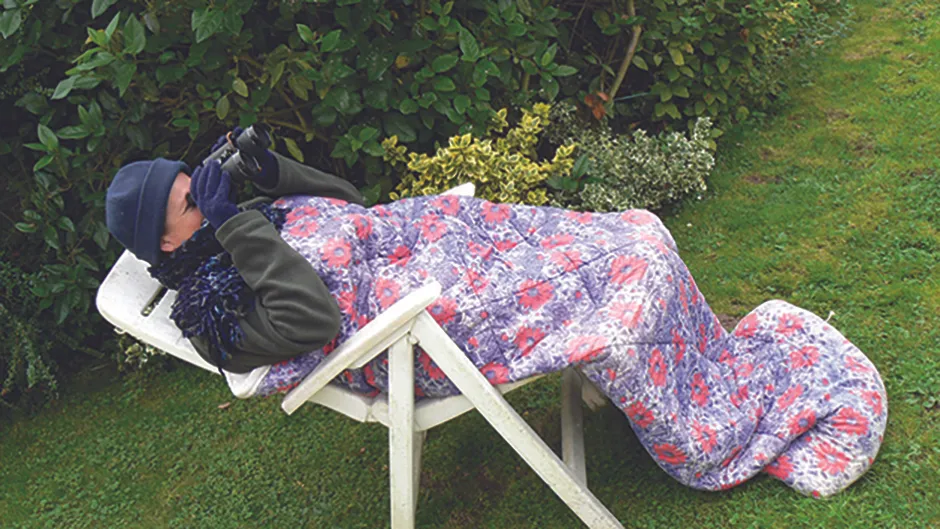There’s one piece of advice that should be familiar to anyone who is trying to get started in astronomy: buy a pair of binoculars and use them to learn your way around the night sky.
But once you have a pair, what's the best way of using binoculars to view the night sky, and how should you prepare for your first observing session?
Below are 5 basic tips for binocular astronomy. For a more in-depth look, read Stargazing with binoculars: a beginner's guide.
And if you are seeking out your first pair of binos, read our pick of the best binoculars for astronomy.
1
Choose your location carefully

Binoculars are so portable that you should easily be able to choose somewhere that is shielded from direct light and gives you an unobstructed view of the regions of sky that you want to observe.
Ideally, it will be out of the wind: even a light breeze can be chilly after a few hours. Put up a wind-break if you need to, as it will be worth the effort.
If you are observing alone, give some consideration to personal safety; if you are worried about unwelcome visitors, you won’t enjoy your observing session and you’ll get spooked by any unfamiliar noises.
2
Get comfortable

Astronomical objects are clearer when they are higher in the sky, and the most comfortable way to observe high elevation objects is to recline.
A garden recliner with support for your lower legs can be extremely comfortable. It can act as a windbreak for your back, while keeping your feet off the ground, and it provides a useful ‘rack’ or ‘hanger’ for your binocular case, charts, notebook, or a flask with a hot drink (keep this away from your optics!)
If you dehydrate, your body will reduce circulation to your extremities, so drinking plenty of fluids will also help you to keep warm.
3
Hold your binoculars steady

You will see more detail and depth if your binoculars are steady.
The simplest way to hold small binoculars steadily is to hold them with your index and middle finger around the eyepieces, the other two fingers around the binoculars’ body, and rest the first knuckle of your thumb in the indentations on the outside of your eye sockets.
Mounted binoculars are steadier, but tripod legs can get in the way. However, if you use a monopod, which doesn’t even need to be vertical to be enormously effective, you can make binoculars up to fairly big 20x80s much more stable.
For more on this, read our guide How to hold your binoculars steady.
4
Deal with dew

Dew will form when moist air meets a cooler surface. Normal binoculars do not have good dew protection for their front lenses.
If you mount them, you can use dew-shields made from plastic or foam sheet, but these are awkward for hand-held binoculars.
A common solution is to use a portable 12V hair dryer, which you can run from a battery pack or the 12V socket in a car, as a ‘dew gun’.
On very cold nights, moisture that evaporates from your eyes can condense on eyepieces; you can reduce this by folding down the eye-cups to allow better air circulation.
Read our guide on how to stop dew forming on your telescope.
5
Keep warm

It may seem obvious that you need to wrap up warm, but it’s always best to dress for at least 5° colder than you think it’s going to be; it’s easier to cool down if you’re too warm than vice versa.
Pay special attention to your feet, especially if the ground is wet. If you are going to be standing a lot, pads of insulating mat under your feet can make a tremendous difference.
For your torso and limbs, the rule is ‘sensible stratification’ – layers that can be added or removed for maximum thermal comfort. Ensure that your base layer is made of a fabric that wicks moisture away from your skin.Don’t forget to take a hot drink to help you last the night.
For more on this, read our guide on how to keep warm while observing.
This article originally appeared in the September 2020 issue of BBC Sky at Night Magazine.
